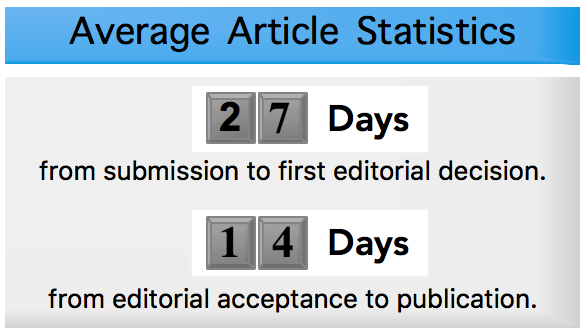Downloads
Abstract
White turmeric (Curcuma aromatica Salisb.) belonging to the ginger family (Zingiberaceae), is widely distributed in tropical and subtropical regions such as India, China, Japan, and Southeast Asian countries. In traditional Vietnamese medicine, white turmeric rhizomes are used to treat gastrointestinal disorders, skin infections, joint pain, and insect bites. This paper reports the isolation and structural elucidation of four compounds from the fraction NTC-F of the white turmeric rhizomes. The chemical structures of these compounds were elucidated by analyzing nuclear magnetic resonance (1D- and 2D-NMR) spectroscopic data, high-resolution electrospray ionization mass spectrometry (HRESI-MS) data, and comparison with references in the literature. The isolated compounds were meso-hannokinol (1), anti-3-acetoxy-5-hydroxy-1,7-bis(4-hydroxyphenyl)heptane (2), longpene A (3) and (12Z,14R)-labda-8(17),12-diene-14,15,16-triol (4). All four were evaluated for urease inhibitory activity, and compound (1) exhibited significant urease inhibitory activity with an IC50 value of 86.7 μM, compared to the positive control hydroxyurea (IC50 74.5 μM). This result could contribute the species Curcuma aromatica to the database of Vietnamese medicinal plants with the potential to treat Helicobacter pylori-induced gastric ulcers.
Issue: Vol 9 No 1 (2025)
Page No.: In press
Published: Mar 31, 2025
Section: Original Research
DOI: https://doi.org/10.32508/stdjns.v9i1.1394
Online First = 133 times
Total = 133 times


 Open Access
Open Access 








